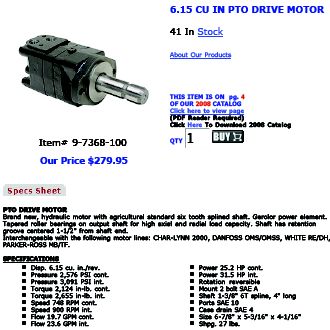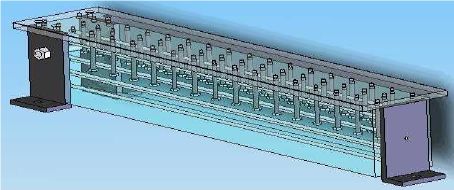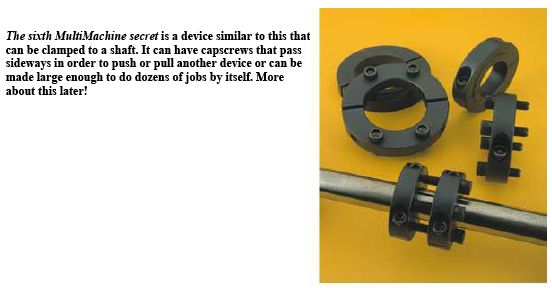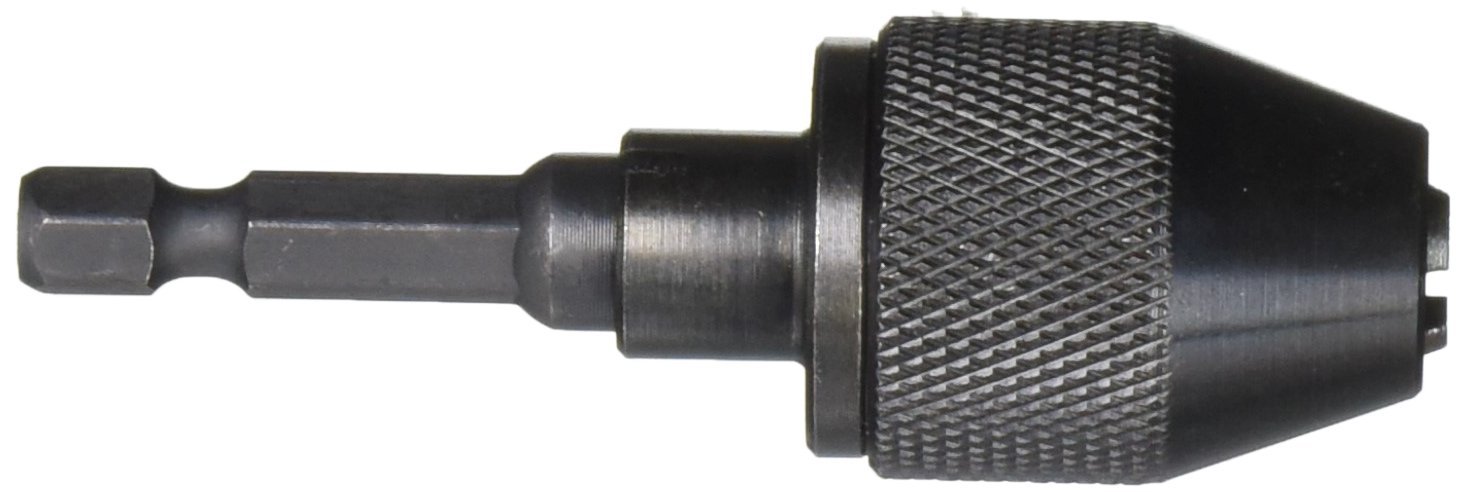Open Source Lathe: Difference between revisions
| Line 1: | Line 1: | ||
=Introduction= | =Introduction= | ||
Here we are showing the details for fabricating a high-performance (2/1000" accuracy), high power (20 hp) lathe. It will be powered from the hydraulic take-off from a tractor - [[LifeTrac]]. The design follows that of the [http://opensourcemachine.org/the-multimachine/multimachine-video Multimachine]. Instead of an engine block as the basic structural unit, we'll be using a concrete bed with metal mounting plates. | Here we are showing the details for fabricating a high-performance (2/1000" accuracy), high power (20 hp) lathe. It will be powered from the hydraulic take-off from a tractor - [[LifeTrac]]. The design follows that of the [http://opensourcemachine.org/the-multimachine/multimachine-video Multimachine]. Instead of an engine block as the basic structural unit, we'll be using a concrete bed with metal mounting plates. The advantage of this route is that we are avoiding the necessity of sourcing and boring out the engine block. Moreover, the concrete bed will be its own lathe mount structure. | ||
This route allows for the construction of a lathe from stock parts - metal plate, shaft, coupler, bearings, bolts, and concrete. We add a cross slide and chuck on top of that, and use a hollow shaft tube for workpiece feed-through: | |||
=Design Rationale= | =Design Rationale= | ||
Revision as of 21:23, 28 January 2009
Introduction
Here we are showing the details for fabricating a high-performance (2/1000" accuracy), high power (20 hp) lathe. It will be powered from the hydraulic take-off from a tractor - LifeTrac. The design follows that of the Multimachine. Instead of an engine block as the basic structural unit, we'll be using a concrete bed with metal mounting plates. The advantage of this route is that we are avoiding the necessity of sourcing and boring out the engine block. Moreover, the concrete bed will be its own lathe mount structure.
This route allows for the construction of a lathe from stock parts - metal plate, shaft, coupler, bearings, bolts, and concrete. We add a cross slide and chuck on top of that, and use a hollow shaft tube for workpiece feed-through:
Design Rationale
- High power, simple design
- OSE Specifications are met via low cost for replication; a transparent, open source development process; open documentation; product evolution infrastructure
- External power source
- Interchangeable motor - part of LifeTrac infrastructure, motor can be coupled to many different devices
- Hydraulic motor provides high power and torque with full speed control via a flow control valve
- Basic design is two bearings with bearing clamps holding bearings in place:
Chuck
We will fabricate a chuck from a 1" steel pate, as in:
Cross Slide
For the lathe to be able to handle large work pieces, the cross slide itself - which holds the tool post.
Tool Post
The tool post will have to mount securely to the cross slide.
Motor
Brute 20 horse of turning power is provided by a hydraulic motor powered by LifeTrac

Shaft Coupler from motor to shaft
Bill of Materials - Lathe
- Romig bed lathe type - from Multimachine -

- Simple prototype, $486 in materials BOM:
- 2 bearings, $50
- 2 mouning plates, 1/2"x6" angle - $40
- 4 Shaft Collars - $20
- 2" shaft - $20
- DOM tubing, 3", 2" ID - $15
- 8 3/4" bolts for table - $16
- Chuck plate - $40
- Bolts for chuck - $20
- Nuts and bolts for DOM - $5
- XY table - $70 off shelf at Enco - [1]
- Tool post - $10
- table plate - $30
- 2 bags of cement, 80 lb each - $20
- sand, gravel - $10
- TOTAL - $316
- High performance, 2/1000" accuracy with proper technique, stock parts, 1000 lb radial and 200 lb axial load capacity
- Romig bed lathe type - from Multimachine -

